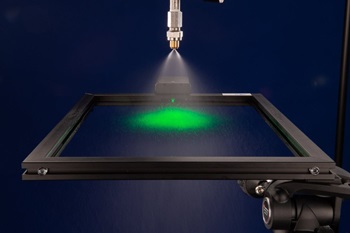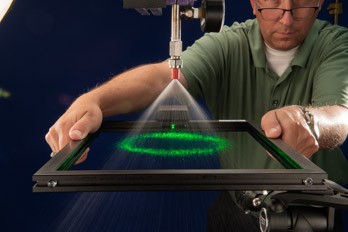I get a physical every year. The doctor draws my blood to assess various health indicators for my entire body. Sometimes, my cholesterol or white blood cell count is a bit high, indicating dietary problems or a possible infection. It doesn’t stop here, though, a simple blood screening can tell a doctor everything from blood type to organ function to risk of heart disease.
Similarly, our son recently broke his arm. Fortunately, with the power of MRI and some other neat diagnostic tools, the medical team determined where the bone was broken and then prescribed the proper bone position for swift, pain-free healing.
Health visualization tools, like blood screenings and MRIs, help medical professionals predict health outcomes. Perhaps more importantly, doctors can proactively engage and assess physical signals to explain how changes in lifestyle now can mean better outcomes later.
Just as medical professionals examine the human body and prescribe solutions for better health outcomes using powerful, high-resolution diagnostic tools, so too, can industry take advantage of such methods.
 For example, instead of physically assessing system pressures and flows during routine quality assurance, imagine having system indicators delivered, in real time, to your phone. Or, more than this, imagine having these delivered along with a solution to a potential problem. This is possible using powerful and high-resolution diagnostic tools like the ones from your local hospital. Similar to getting a physical at the doctor's office, these tools would scan your system, diagnose potential issues, and prescribe solutions.
For example, instead of physically assessing system pressures and flows during routine quality assurance, imagine having system indicators delivered, in real time, to your phone. Or, more than this, imagine having these delivered along with a solution to a potential problem. This is possible using powerful and high-resolution diagnostic tools like the ones from your local hospital. Similar to getting a physical at the doctor's office, these tools would scan your system, diagnose potential issues, and prescribe solutions.
While heavily regulated by federal and local institutions, many petrochemical and refining companies don’t have the luxury of assessing how their process is performing outside of standard pressure, flow and temperature readings. Minor problems that go undiagnosed can mean incredible profit loss, wasted material, and, in extreme cases, plant shutdown.
With specialized measurement tools, however, we can scan, diagnose and prescribe, saving such industry leaders from detrimental system failures. Suddenly, the ability to notice a slight degradation in spray performance can be a leading indicator of compressor failure. An iPhone notification can suggest an on-the-fly decision that saves profits and minimizes losses. The once mechanistic processes that were rigid now have the capability to become systems that adapt, much like biological systems. What was static is not dynamic, with the right quality and quantity of data. By generating such awareness, we can treat dynamic processes, adjust our behavior accordingly, and prescribe interventions before failure presents itself.
 Just as you expect your doctor to use the latest research and instruments to assess your health and diagnose illnesses, so it is with industrial processes. Imagine the correlations and insights that can be gleaned and the new horizons that can be explored using advanced spray characterization and diagnostic tools in your processes.
Just as you expect your doctor to use the latest research and instruments to assess your health and diagnose illnesses, so it is with industrial processes. Imagine the correlations and insights that can be gleaned and the new horizons that can be explored using advanced spray characterization and diagnostic tools in your processes.
If you’d like to discuss the topic more in depth please contact us or connect with me directly via LinkedIn.


